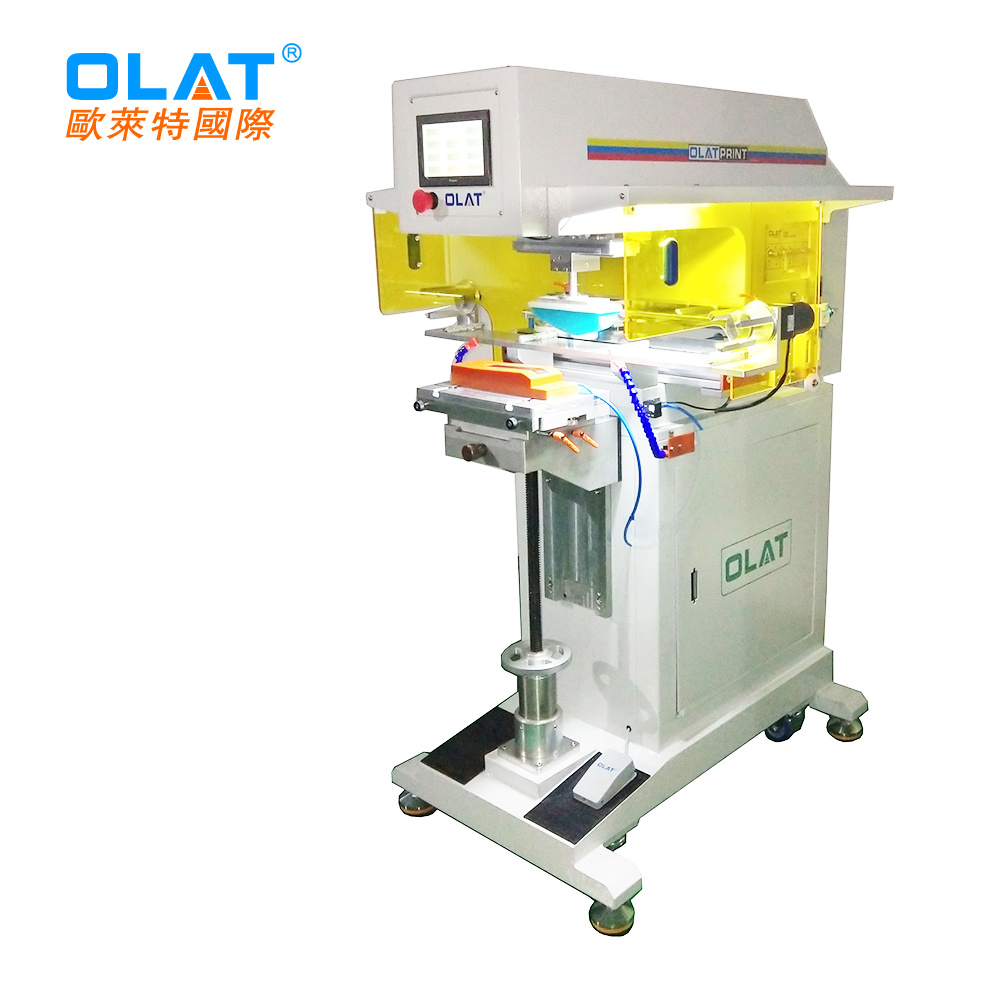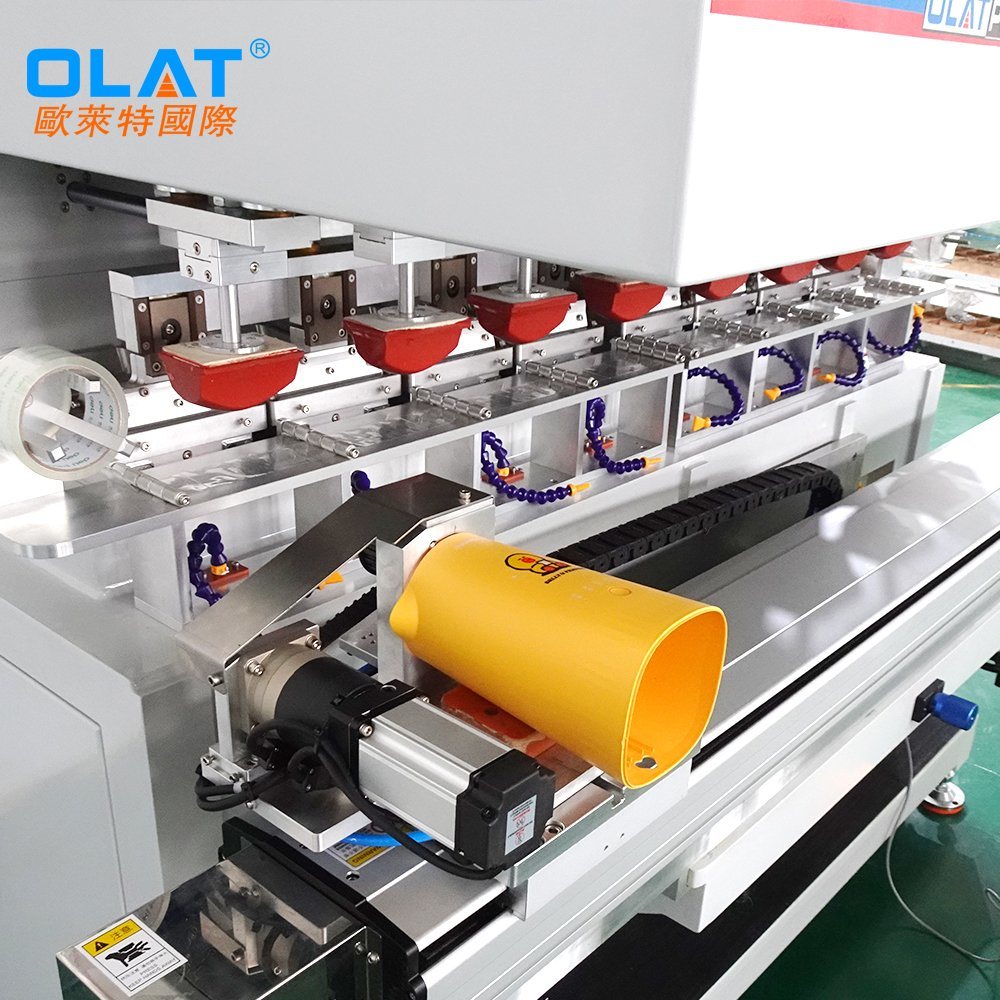Pad printing paste is mainly used to make pad printing heads for printing plastic toys, electroplating products, electronic toys, trademarks, and irregular patterns. The pad printing rubber head is to use the pattern on the steel plate as a carrier through the rubber head, and then transfer the pattern on the steel plate to the toy product.

Different product shapes and pattern sizes have different requirements on the hardness of the pad printing rubber head. What hardness is suitable for the pad printing silicone head of toys? The overall principle is: if the pad printing surface is uneven, try to use a rubber head with soft hardness to pad printing glue; if the pad printing surface is regular and smooth, you can use a moderate hardness of the rubber head to pad printing. The size of the pattern also determines the size and hardness of the pad printing head.

The hardness of the pad printing head is mainly divided into medium hardness and soft hardness. The hardness of medium hardness is about 28-33 degrees without adding any silicone oil or thinner. If you feel that the hardness of the silicone rubber head is too hard, you can choose to add silicone oil to reduce the hardness of the rubber head. Under normal circumstances, for every 2% of silicone oil added, the hardness of the silicone rubber will drop by 1 degree, usually at 30%. Add range. However, it should be noted that the larger the amount of silicone oil added, the softer the rubber head will be, the number of pad printing, abrasion resistance and solvent resistance will be reduced and reduced, and the number of pad printing products will be correspondingly reduced, resulting in increased costs and waste of raw materials. The hardness of the rubber head is 16-18 degrees without adding silicone oil, which is mainly used to print the patterns of ceramic glass and other utensils.




